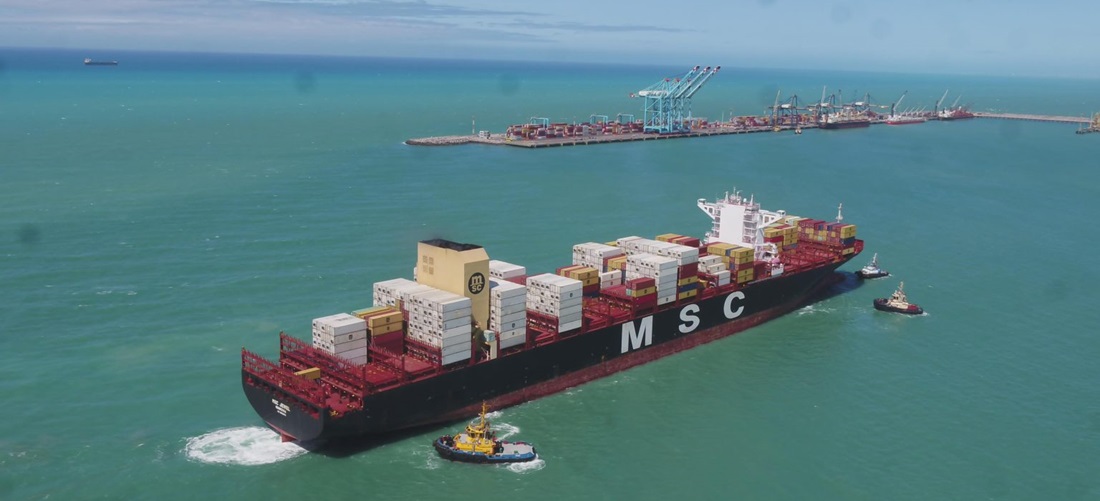
Brazil’s Pecém Port to Launch Direct Shipping Route to China, Halving Transit Time to 30 Days
Apr, 08, 2025 Posted by Sylvia SchandertWeek 202515
A new shipping route is under development that will connect the Port of Pecém to China, aimed at exporting various products, with an estimated transit time of 30 days. The planned route is as follows: the vessel departs China for South Korea, Panama, the Dominican Republic, Pecém, Suape, Salvador, Santos, India, and Singapore before returning to China.
According to the Port of Pecém, the expected increase in cargo movement is around 10% of current levels, as Chinese vessels will bring at least 1,200 containers per week.
“The new maritime route between China and Fortaleza significantly reduces shipping times and improves logistics. With this new option, the travel time, currently around 60 days, will be cut to just 30 days, making Ceará even more competitive in international trade,” said Max Quintino, President of the Pecém Complex.
André Magalhães, Commercial Director of the Pecém Complex, explained that there is a whole market to be explored — not only in China but also at other ports along the route. “The Asian market is vast, with around 2 billion people. This represents an incredible opportunity to connect our northeastern products with Asia, and vice versa.”
He listed the traded products, including granite, marble, cashew nuts, carnauba wax, fruits, footwear, textiles, and thousands of e-commerce items. “Additionally, industries in Ceará and its surrounding region will be able to import machinery and inputs from this promising Asian market via Pecém,” he added.
The new route, called the Santana Service, is operated by MSC and established in partnership with APM Terminals, the operational service provider for the Port of Pecém. According to Daniel Rose, CEO of APM Terminals Suape and Pecém, the direct inclusion of the Ceará port in this route offers a more competitive and strategic alternative for exporting products like cotton and meat compared to ports in Brazil’s Southeast and South.
Source: GC Mais
-
Economy
Jun, 18, 2024
0
Cargo throughput in Brazilian ports rise 5.9% from January to April 2024
-
Ports and Terminals
Apr, 07, 2020
0
Paraná ports register 9% growth in first quarter and 21% growth in March
-
Grains
Mar, 03, 2023
0
Wheat: Brazil on track to export 548.8 thousand tons in February
-
Ports and Terminals
Dec, 30, 2024
0
São Francisco do Sul Port Breaks Export Record with Over 1.1 Million Tonnes in October

